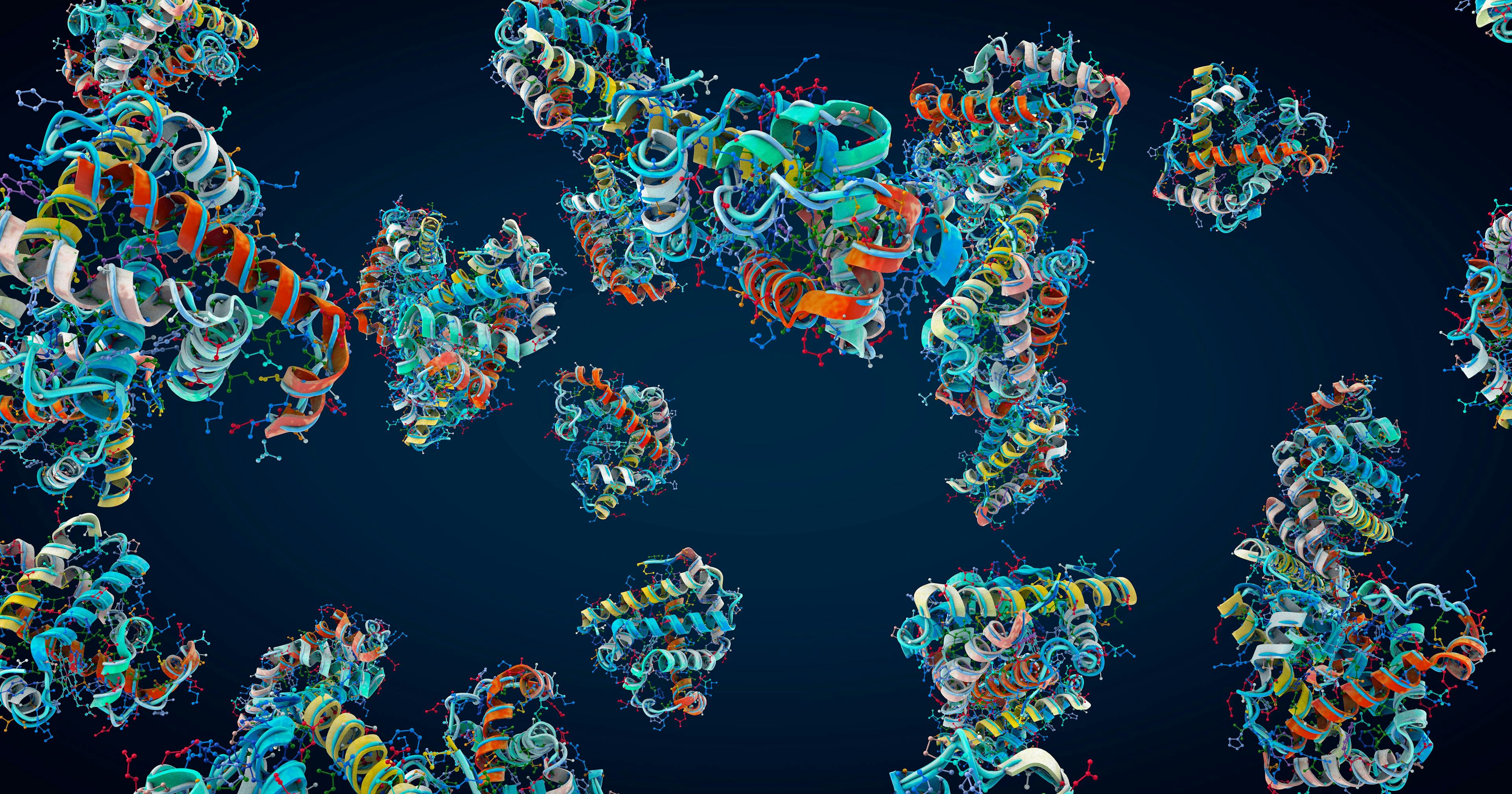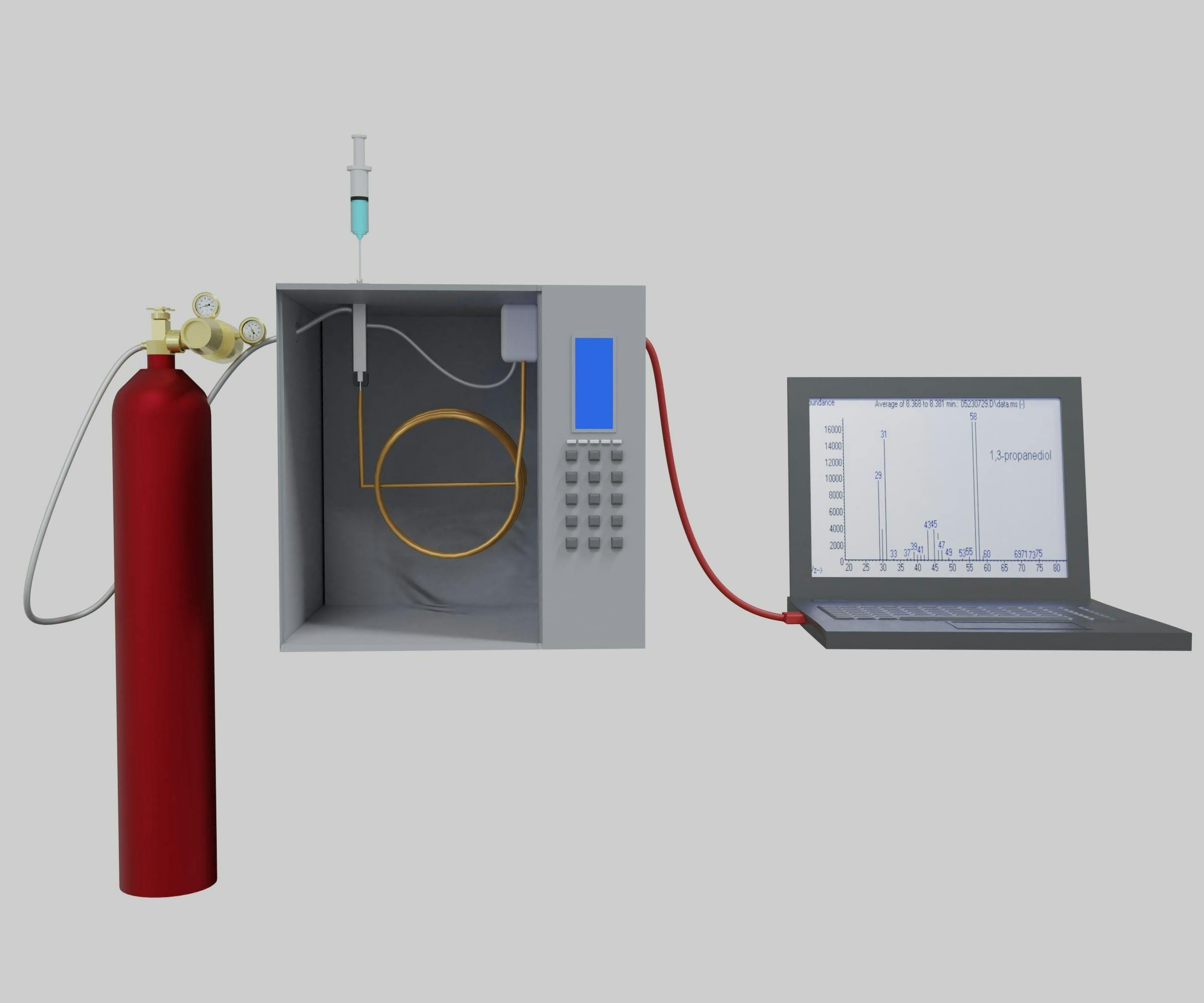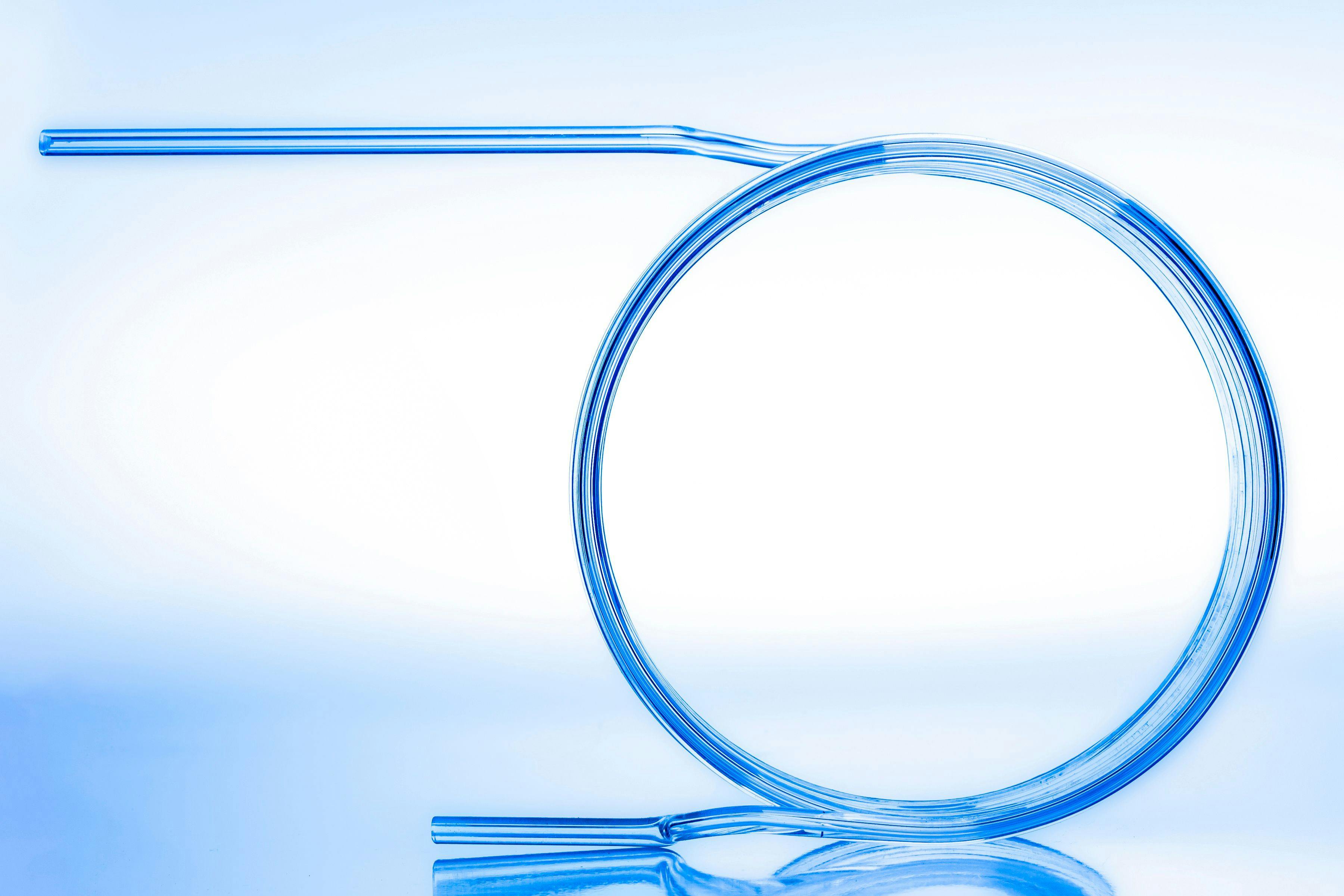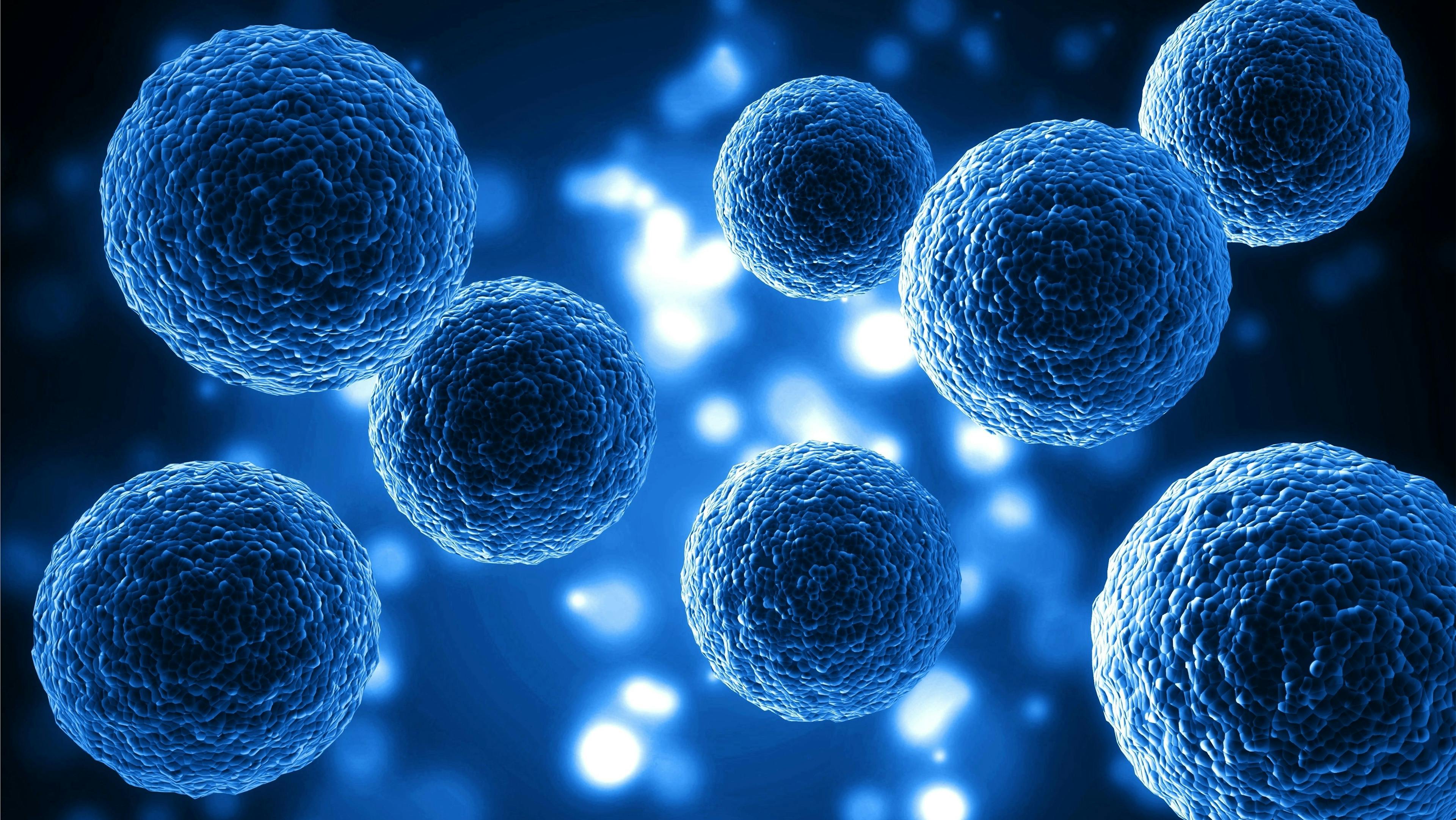Incorporating HPLC as a Multi-Attribute Characterization Technology for Next-Generation Drug Development
The complexity of next-generation drug modalities and delivery systems requires new and integrated analytical approaches. A progressive design of chromatographic instrumentation, stationary phases, flexible data systems, and integrated control are needed for chromatography to remain a leading relevant characterization tool. This paper provides an overview of some current and emerging physicochemical analytical challenges associated with these sophisticated drug systems and some of the technical advances needed in chromatographic systems to enable their design, development, and manufacture.
The pace of innovation in the pharmaceutical industry has never been faster, and there are no signs that it will slow down in the foreseeable future. Enabled by an expanding landscape of genomic data, increasingly potent knowledge of the human cell atlas, and powerful modeling, scientific research will move the industry forward into a world in which disease detection, treatment, and prevention will grow dimensionally.
These advances will in part be realized through an array of alternative drug modalities, delivery carriers, and integrated drug-delivery systems. The foundational characterization of the macrostructure assembly and the substructural elements will help enable mechanism elucidation, metabolism, activity, potency, and manufacturing. In these characterizations, analytical chemists must add value. The different modes of chromatography have proven to be important tools in these characterizations, but the challenge we face as an industry is to combine and apply them in integrated ways. Although high performance liquid chromatography (HPLC) has dominated pharmaceutical control systems in assay and impurity analysis for decades, we have only scratched the surface of what is possible. Perhaps analytical separations and separation systems of the future should be developed as multi-attribute characterization tools that allow for more comprehensive characterization of drug modalities.
The success of chromatographic stationary-phase chemistry lies in its ability to discriminate between physicochemical characteristics of substances. In a chromatographic separation, materials are sorted by properties like physical size, shape, charge, hydrophilicity, hydrophobicity, chemical forces of attraction (such as pi–pi interactions, hydrogen bonding, and van der Waals forces), chirality, and select combinations thereof. Chromatographic separations have been successfully coupled to selective detectors to further discriminate analytes by mass, chirality, mobility, UV spectral signature, charge capacity, and light scattering properties, to name a few. Indeed, certain hyphenated techniques, such as LC–mass spectrometry (LC–MS) or LC–diode-array detection (LC–DAD), provide a secondary selectivity that can be useful in the quantitation or qualitative identification of complex samples. To date, multi-attribute applications of separation science have been largely limited to the use of these hyphenated techniques.
New Analytical Approaches Needed
However, next-generation modalities and new delivery systems will necessitate new analytical approaches in the future. Drug–polymer and antibody–drug conjugates, as well as integrated drug-delivery systems like targeted lipid nanoparticles, present unique characterization challenges. Chromatographic stationary phases, technologies, and detectors must be integrated in innovative ways to allow scientists to study and measure more than one attribute simultaneously. The pressures of competition, short development timelines, the advent of personalized medicines, and needy patients make these needs urgent.
For example, consider a nanoparticle drug delivery system. One of the rapidly evolving goals in our industry is targeted drug delivery, which we define as the use of a carrier system to bring a therapeutic agent to specific diseased tissues or cells. The assembly parameters of a polymer-based nanoparticle vehicle dictates its properties, and its properties dictate its utility. For example, the ratio of polymer component subunits impacts the size and hydrophilicity of the system. In any particular iteration of a nanoparticle assembly process, the “cargo” (drug) load, the cargo that did not get loaded, the load locality (whether it is surface-adsorbed or internally encapsulated), and the surface properties of the vehicle are important control elements. These quantitative and qualitative features can affect activity, potency, metabolism, and toxicity. Creating a “tunable” product may be necessary during drug discovery and early development, but creating a reproducible product to meet the desired quality profile is necessary later in development. Analysis of each quality attribute during a particular preparation or in a systematic optimization is usually prosecuted in a nonintegrated way, often by a team of analysts with a set of individual measurements. Each analytical technique requires unique sample preparation, method development, and method qualification. Once the platforms are established, individual analyses are performed over several days, data are assembled, and conclusions can be made. The more complex the system, the longer the timelines are for these data sets.
What if the chromatographic system we developed to manage the analytical workflow of this complex delivery particle were staged differently and integrated to provide a more comprehensive analytical profile? Perhaps a single injection of the analytical sample could be subjected to a series of chromatographic separation interventions. Initially, this injection can be done at the intact-particle level in the early stages of the multi-attribute system. If a nanoparticle carrier is constructed with a surface that has a feature to help it target a specific cell or tissue, a novel LC stationary phase capable of selectively adsorbing to it could be designed. Thus, the retention properties observed could provide information on the “valency” of the carrier surface, which would inform or predict target specificity in vivo. On the same sample, a measurement of the carrier size could be made, which could be done in parallel with the analysis described above using size-exclusion chromatography (SEC).
Once the intact-particle measurements are complete, the carrier or cargo vehicle could be systematically deconstructed on-line using multidimensional approaches to look at substructural elements. This work could be accomplished by enzymatically or chemically reducing the vehicle to its subunits (such as the cargo, impurities, or delivery scaffold components) on-line before sending it to a second-dimension separation where it could be quantitated or qualitatively analyzed by any number of detectors. One could study in-vivo and in-vitro product stability in this manner. Development timelines would be reduced, sample data would be integrated, and optimization spaces could be expanded because the experimental approach would lend itself to machine learning.
How We Get There
Realizing these opportunities will not be trivial; there is much work that needs to be done. However, certain individual elements are beginning to take shape. Opportunities exist to expand chromatographic technologies and build greater integration between systems and detection. For example, in the delivery system described above, new stationary phases designed to recognize desirable surface features of nanoparticles are not far out of reach. Recently, commercialized solid-phase cartridges containing immobilized ribonuclease (RNAse) enzymes were used for on-line digestion of guide RNA prior to multidimensional chromatographic analysis (1). A similar enzymatic digestion was used to deconstruct antibody–drug conjugates prior to multidimensional chromatography to study stability (2). Multidimensional separations using SEC and reversed-phase LC (RPLC) can be used to measure heavy-chain oligomer content of drug substances and chemical purity in the same analytical run (3), a concept that has been applied to proteins as well (4). Two-dimensional (2D) separations to make achiral and chiral purity assessments on the same sample have been used successfully on small molecules (4), and in principle could be applied to more complex systems, including peptides or oligonucleotides with alternative separation modes. Restricted access media (RAM) used in sample preparation (5) hold promise as stationary phases used in multidimensional separations of delivery-system components. One could also conceptualize new mixed-mode stationary phases that incorporate properties of RAM and reversed-phase, ion-exchange, and size-exclusion LC.
Commercial multidimensional instrumentation has advanced significantly over the last decade, but more can be done. Incorporation of low-volume temperature-controlled agitation cells to blend and mix derivatizing agents or to deconstruct delivery vehicles could be developed. Controls could be integrated to allow easy manipulation of analysis streams toward selected detectors or to preconcentration devices. Modern adaptations of vibrational and UV spectroscopy and mass spectrometry could enhance detection capability and sensitivity. Data systems, data formats, and detector controls will need to become seamless and interchangeable across vendors. The resulting data sets produced from these analyses will need format harmonization to become more consumable, interactive, and amenable to machine learning and modeling.
Conclusions
We are entering a more technically complex and sophisticated realm of disease treatment. The challenges of the recent global health crisis brought visibility into what is possible on a technological level. It could also be the seed to induce innovative modality and delivery technologies with applications well beyond infectious disease targets. In this domain, the responsibility of the analytical chemist is vast and vital: enabling physicochemical analytical measurements that carry knowledge and insight to drive new perspectives on problems and thus set the pace of innovation. Coordinated partnerships between scientists in the pharmaceutical and biopharmaceutical industry, the instrumentation industry, and academia need to be established and fully leveraged to identify and understand emerging needs and create clever, pragmatic solutions.
References
(1) A. Goyon, B. Scott, K. Kurita, C. Maschinot, K. Meyer, P. Yehl, and K. Zhang, Anal. Chem. 94, 1169–1177 (2022) https://doi.org/10.1021/acs.analchem.1c04350
(2) A. Goyon, M. Kim, L. Dai, C. Cornell, F. Jacobson, D. Guillarme, and C. Stella, Anal. Chem. 91, 14896–14903 (2019) https://doi.org/10.1016/j.nbt.2018.05.114
(3) A. Goyon, B. Scott, C.M. Crittenden, and K. Zhang, J. Pharm. Biomed. Analysis 208, 114466 (2022). https://doi.org/10.1016/j.jpba.2021.114466
(4) C.J. Venkatramani, M. Al-Sayah, G. Li, M. Goel, J. Girotti, L. Zang, et al, Talanta 148, 548–555 (2016). https://doi.org/10.1016/j.talanta.2015.10.054
(5) H. Dipe de Faria, L. de Carvalhao Abrão, M. Goncalves Santos, A.F. Barbosa, and E. Costa Figueiredo, Anal. Chim. Acta 959, 43–65 (2017) http://dx.doi.org/10.1016/j.aca.2016.12.047
Peter M. Yehl is the Executive Director of Small Molecule Analytical Chemistry at Genentech Research and Early Development, in South San Francisco, California. Direct correspondence to: yehl.peter@gene.com.


Common Challenges in Nitrosamine Analysis: An LCGC International Peer Exchange
April 15th 2025A recent roundtable discussion featuring Aloka Srinivasan of Raaha, Mayank Bhanti of the United States Pharmacopeia (USP), and Amber Burch of Purisys discussed the challenges surrounding nitrosamine analysis in pharmaceuticals.
Extracting Estrogenic Hormones Using Rotating Disk and Modified Clays
April 14th 2025University of Caldas and University of Chile researchers extracted estrogenic hormones from wastewater samples using rotating disk sorption extraction. After extraction, the concentrated analytes were measured using liquid chromatography coupled with photodiode array detection (HPLC-PDA).






















